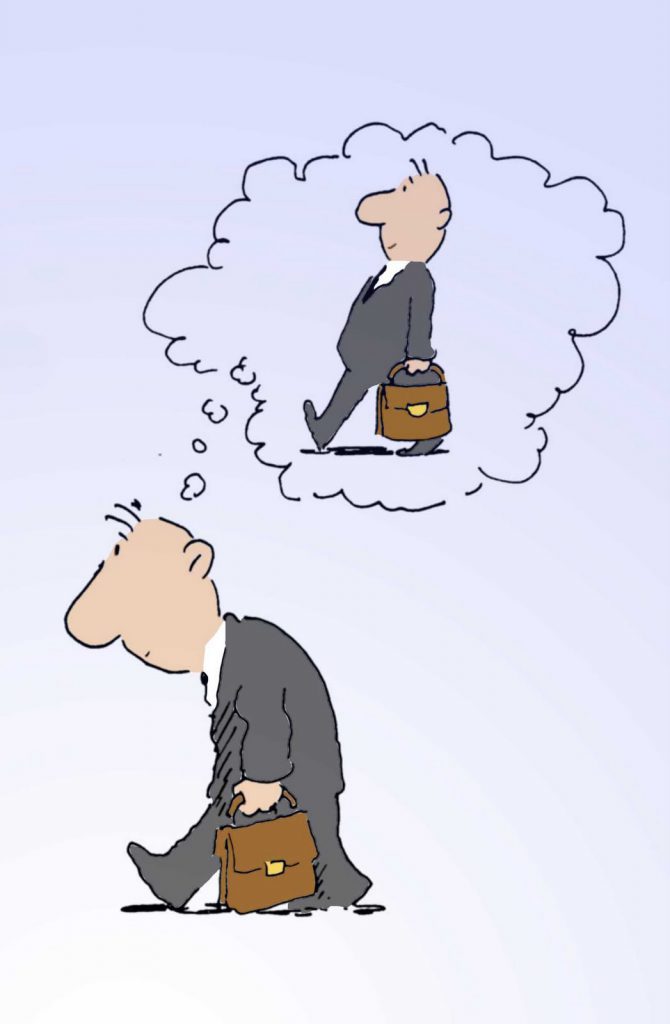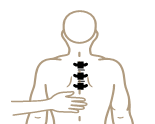Nottingham University’s research team stumbled on these findings completely by chance during the University’s Community Open Day in April last year.
As part of the event, they invited members of the public to experience some of the body distortion illusions they use as part of their everyday research using Nottingham’s unique MIRAGE technology that takes a real-time video capture image of a hand and uses computer manipulations combined with physically pulling or pushing on the hand to fool the brain into believing the hand is stretching or shrinking.
In this case, while you are ‘seeing the finger being stretched’ the brain is being tricked into thinking that the finger is lengthening, releasing tension and arthritic pain due to tightly held joint surfaces. We are not told whether the finger becomes more mobile as a result.
However, just the thought of action will generate a physical response.
We traditionally think of the brain as a hierarchical system receiving information through an assembly line type system but in fact, it is more a feed-forward/feedback type of loop system.
Your brain, enclosed in a completely dark box, needs information from sensory nerves to modify your brain’s internal representation of you. As a movement command is given, the brain forward projects this representation to predict the outcome of the movement. As the movement takes place, the unconscious regions of the brain compare sensory information to the predicted, projected outcome.
What we think we are doing isn’t always what we are actually doing. Sometimes, from injury and pain or poor postural habits, this internal representation becomes inaccurate.

Alexander Technique gives your brain a conscious, reliable and accurate internal representation we call Primary Control. This internal representation is projected forward ahead of movement taking place. All physical responses to the movement command are directed through the filter of this internal model. So, Primary Control is the first or primary function of the brain before a movement command is given and it is also primary in importance. As the brain compares the resulting sensory feedback from the movement to the predicted outcome, we are able to consciously notice and adjust if something different occurs. In this way, the brain’s internal dialogue is not about the ‘rightness’ of all actions but ‘wrong’ actions are highlighted against the predicted outcome.
Whether our predictions are accurate or not, this feed-forward prediction of outcome is why you can’t tickle yourself—you can’t creep up on yourself while you’re not looking.
